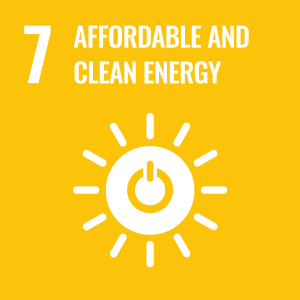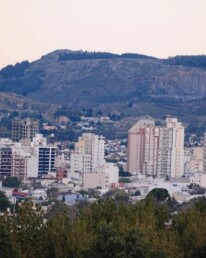Solar Communities makes solar modules available to private users for the purchase of solar modules.
OBJECTIVES
Promote the transition to renewable energies by the community of Tandil. Solar Communities makes the purchase of solar modules available to private users. With their investment, the kW/h of energy generated per month is subsequently credited to each user’s bill and, if there is a surplus, the surplus is fed into the city’s general power grid.
DESCRIPTION OF ACTIONS CARRIED OUT
With the participation of investments from private users, the initiative acquires an innovative character as it is one of the first of its kind in the country, since it enables access by citizens who are committed to the energy transition, but for different reasons are unable to install solar panels in their homes. The modules of this solar park were purchased by users interested in renewable energies at a value of U$S 1,000 each at the official exchange rate. With this contribution, investors will have from June 1, 2021, and for 10 years 190 kW/h per month, credited to their energy bill, at the price set each month by the Wholesale Electricity Market Administration Company (CAMMESA).
KEY SUCCESS FACTORS
The vision and work of the “Usina Popular y Municipal de Tandil S.E.M.”, which was created as a mixed (public-private) entity and oversees the distribution of electric energy to the entire Tandil district. Having achieved a high percentage in its distribution, the Usina began several years ago to work on the energetic and ecological transition using renewable energies, even building solar parks for other localities of the Province of Buenos Aires.
MAIN RESULTS ACHIEVED
Solar Communities is an associative project promoted by the Municipality of Tandil together with universities, in addition to the participation of citizens as users and private investors. This initiative, which arises from a public-private partnership between multiple actors, involved the construction of a new resilient and affordable infrastructure, contributes to increase the percentage of renewable energy in the city, encourages the efficient use of resources and promotes mechanisms to adapt to the effects of climate change, being responsible with the environment by using renewable energy.




